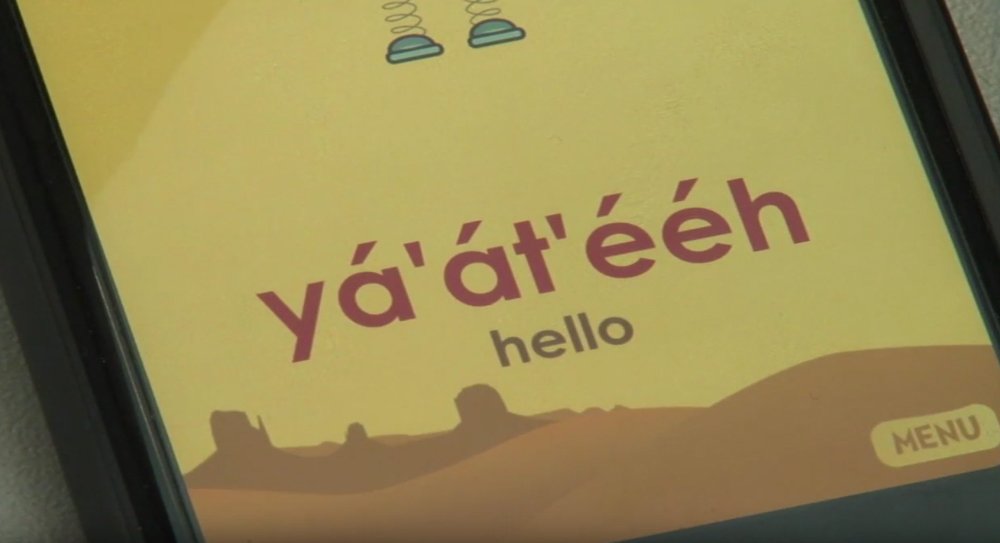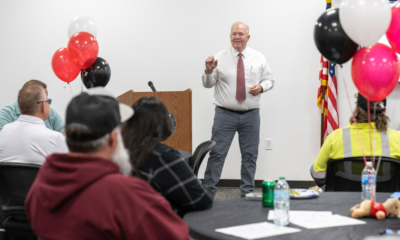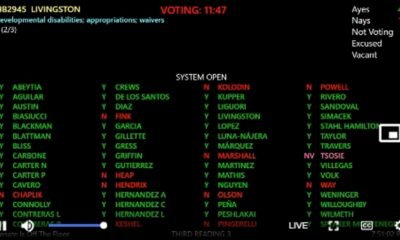Biden administration
Biden Unveils Bold National Strategy to Safeguard Indigenous Languages

The Biden-Harris administration unveiled a 10-year National Plan on Native Revitalization during the 2024 White House Tribal Nations Summit, a major initiative aimed at bolstering Indigenous languages in the United States. The plan is designed to support the revival, protection, and preservation of these languages, which are essential to the identity and culture of Indigenous communities.
“Indigenous languages are central to our cultures, our lifeways, and who we are as people,” said Secretary of Interior Deb Haaland. She emphasized the profound connections these languages foster with ancestors and homelands, marking their significance beyond mere communication.
This National Plan represents a collaborative effort between various government agencies to rectify the historical injustices that have led to the decline of Native languages among Native American, Alaska Native, Native Hawaiian, and Pacific Islander communities. “This ambitious plan represents the Biden-Harris administration’s commitment to address the wrongs of the past and restore what has been taken from us,” Haaland added.
Rooted in efforts initiated by the Department of the Interior, the plan addresses longstanding policies aimed at assimilating Indigenous peoples and eradicating their languages. The Federal Indian Boarding School Initiative, launched in 2021, has highlighted the ongoing impact of these policies on contemporary Indigenous communities. Reports from this initiative reveal the destructive legacy of the boarding school system and provide a comprehensive inventory of federally operated schools historically involved in these practices.
In a historic move, President Joe Biden formally acknowledged and apologized to Indigenous communities for the federal government’s role in the troubling policies that have persisted. His acknowledgment occurred in October, underscoring an increasing recognition of past injustices.
The report warns that urgent congressional action is necessary to prevent the further decline of Indigenous languages. Without intervention, fewer than 20 languages may be actively spoken in the United States by 2050, a significant reduction from the existing 167.
“We use language to write history, share knowledge, map the future, and pass down traditions,” noted Secretary of Health and Human Services Xavier Becerra. He emphasized that investments in language revitalization not only strengthen communities but also enhance their resilience.
The National Plan prioritizes support for Indigenous language initiatives within educational institutions. It calls for strategic investments in the instruction of these languages to enhance educational outcomes for Indigenous youth, providing necessary tools for academic success.
Secretary of Education Miguel Cardona reinforced the importance of multilingualism, stating, “I always say: multilingualism is a superpower—and that includes Native American languages.” He shared personal experiences from his travels in Indian Country, where he learned words in several Indigenous languages and witnessed the impact of language on identity.
Cardona expressed hope that the national plan would mark the beginning of a national effort to rectify historical wrongs linked to Federal Indian Boarding School policies, saying, “I am hopeful we can all choose to keep fighting for a future where Native communities have the tools and support to keep their languages alive and their cultures thriving.”
The Bureau of Indian Education (BIE) currently funds 187 schools serving Indigenous students, striving to provide a culturally relevant and high-quality education. However, funding for language revitalization only began in 2017, with limitations on appropriations over the years.
During the latest summit, the Department of Interior secured a cooperative agreement with the National Fund for Excellence in American Indian Education. This agreement allocates $7.5 million in grant funding to support BIE schools in launching or expanding immersion programs, reinforcing the commitment to Indigenous language education.
This funding aims to establish a robust network of BIE schools dedicated to incorporating Native language immersion and cultural education into their curricula, ultimately enabling students to connect with their linguistic and cultural heritage.


















